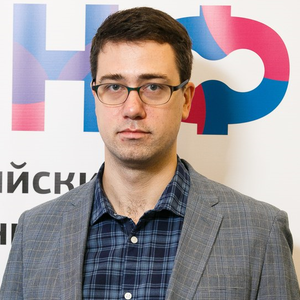The course focuses on a general analytical analysis of the time-harmonic electromagnetic fields based on the Green’s functions and subsequent derivations of various numerical methods including the volume integral equation methods in the coordinate and in the reciprocal space. A special attention is payed to the Fourier space method and their application to analysis of physical phenomena in periodic structures. The approaches under consideration appear to be alternative to the widely used Finite Element and Finite Difference methods, though, appear to be superior to the named ones and can provide an additional physical insight into certain classes of problems in nanophotonics. Students will be given theoretical lectures, and will be offered several projects, which include both coding and analysis of physical phenomena
- Dyadic Green’s functions. Vector Hemlholtz equation. Electric and magnetic Green’s functions. Green’s function singularity. Eigenfunction decomposition of Green’s functions.
- Plane wave decomposition. Plane waves. S- and T-matrices. Fabry-Perot resonator and planar waveguid.
- 1D and 2D photonic crystals and photonic crystal slabs. True Modal Method. Modes of 1D photonic crystals. Scattering matrix. Fourier Modal Method. Resonant phenomena in photonic crystals and photonic crystal slabs. Analysis of resonances via calculation of poles of S-matrices. Band diagrams of 1D/2D photonic crystals and photonic crystal slabs.
- 3D photonic crystals. Fourier method. Band diagrams of 3D photonic crystals.
- Sylindrical and spherical wave decomposition. Green’s function decomposition. T-matrix. Scattering by multilayer cylinder and sphere. Resonances in spherical particles.
- Multiple scattering. Dipole lattices. Lattice sums. KKR method. Multiple particle T-matrix.
- Scattering by nonspherical particles. Discrete Dipole Approximation. Extended Boundary Condition Method. Invariant Imbedding Method.

